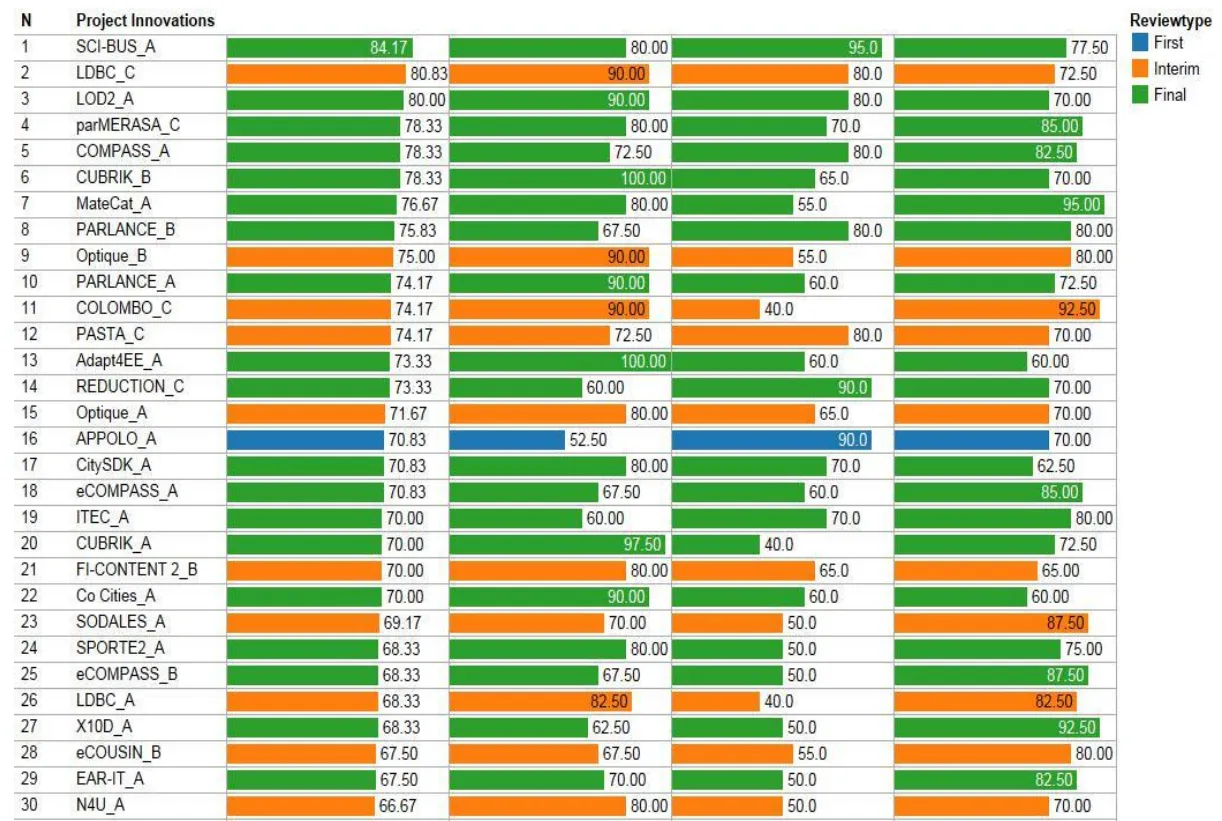European Commission recognizes the ICT innovation from a SZTAKI coordinated project with the highest potential
The CloudBroker platform, as the output of the SCI-BUS project has been ranked as no. 1 regarding its innovation potential by the Joint Research Centre of the European Commission in the “ Innovation Radar: Identifying Innovations and Innovators with High Potential in ICT FP7, CIP & H2020 Projects ” report published by the Publications Office of the European Union.
The European Commission's Framework Programme constitutes an important share in R&D expenditures in Europe. A number of FP7 projects certainly produce cutting-edge technologies and a significant percentage of these technologies could be commercialized. The report was prepared in the context of the three - year research project on European Innovation Policies for the Digital Shift (EURIPIDIS). The project aims to improve understanding of innovation in the ICT sector and of ICT-enabled innovation in the rest of the economy. It focuses on the improvement of the transfer of best research ideas to the market.
Between May 2014 and January 2015, 279 projects were reviewed using a questionnaire and as a result, 517 innovations were identified. In order to provide synthetic comparable results for further analysis and interpretation, three assessment criteria were used: Market Potential, Innovation Readiness and Innovation Management. Information collected during the questionnaire was organized according to pre-defined criteria that helped to assess the potential of innovations and the innovative capacity of key organizations in delivering these innovations. This approach made it possible to compare results and keep records of the outcomes for further analysis.
What is SCI-BUS?
The SCI-BUS project led by Prof. Péter Kacsuk aimed to make the research activities of e-Scientists easier by creating a new way to customise science gateways based on the generic-purpose gUSE/WS-PGRADE portal family. Such customised gateways enable researchers to focus on their everyday work and exploit IT resources of major Distributed Computing Infrastructures including server clusters, supercomputers, computational grids, crowd computing platforms, academic and commercial clouds, without the need to deal with the underlying infrastructures' details.
